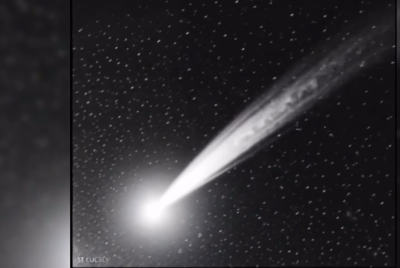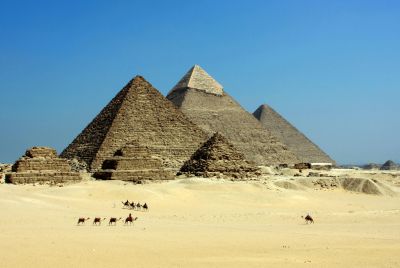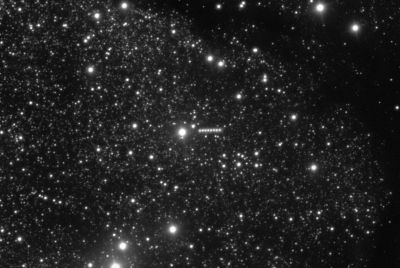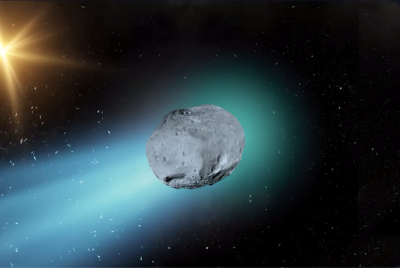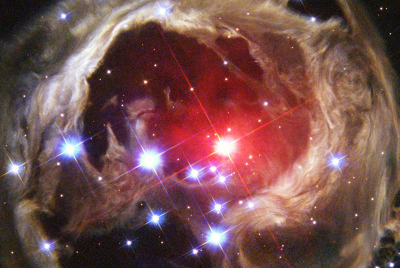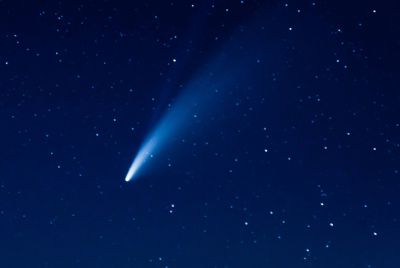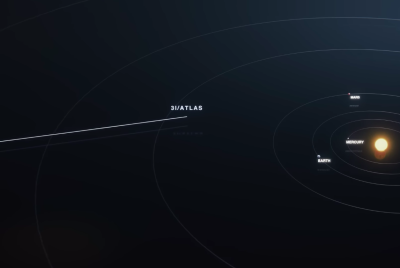Is 3I/Atlas Comet a Global Hazard? Here's Why the International Asteroid Warning Network Launched Campaign to Monitor Interstellar Body
NASA-supported organisation, International Asteroid Warning Network, wants to learn more about the rare interstellar object.
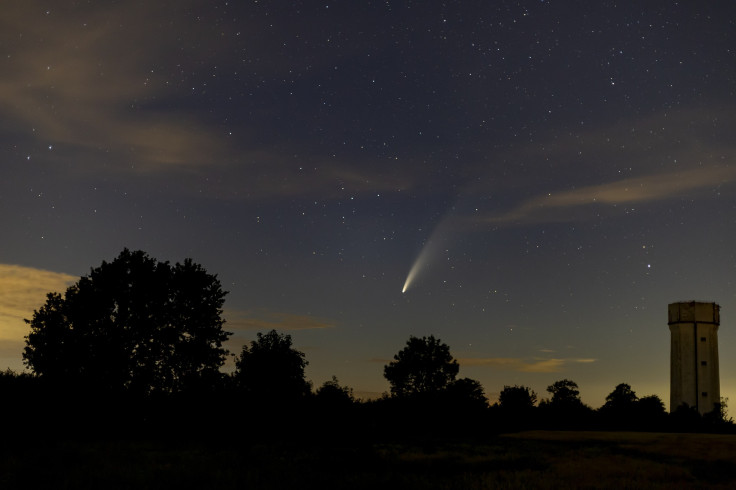
NASA's planetary defence group allegedly started efforts to target the controversial 3I/Atlas after astronomers observed the strange alloy emitted and other unusual behaviour.
The International Asteroid Warning Network (IAWN) recently included the strange interstellar object, which is the size of Manhattan, in the list of threats because experts believe it contains alien technology.
IAWN is a NASA-supported global coalition of organisations and space experts who work together to spot and monitor potentially dangerous asteroids and Near-Earth Objects to assess their potential impact on Earth.
IAWN's Campaign
The international agency announced a new campaign that focuses on 3I/Atlas.
The campaign will kickstart in late November and conclude on 27 January 2026. It will fix its attention to the improvement of gathering 'accurate astrometry' of comets, according to an electronic circular released by the Minor Planet Center on 21 October.
The notice for the campaign reads:
'Comets present unique challenges for accurate astrometric measurements and orbit predictions. Cometary bodies are extended with morphological features (comae and tails) that can systematically pull their centroid measurements off their central brightness peak, presenting challenges to estimate comet trajectories.
The International Asteroid Warning Network (IAWN) announces a comet campaign from 27 November 2025, through 27 January 2026 to introduce methods for improving astrometry from comet observations. The campaign will target comet 3I/ATLAS (C/2025 N1) to exercise the capability of the observing community to extract accurate astrometry. To prepare for the campaign, we will hold a workshop on techniques to correctly measure comet astrometry.
Registration is required by 7 November (here) for the workshop and only those participants that attend the workshop can participate in the campaign.
Targeting the 3I/Atlas for a campaign to enhance scientists' data-gathering about celestial objects moving around the solar system could be helpful since it has already captured the attention of astronomers since it became visible in July.
Also, this interstellar object shows rare characteristics that raise vital questions about the kinds of behaviours scientists expect from comets and other items from the solar system, including the direction of its anti-tail from the sun.
Debunking the Alleged Planetary Defence Initiative
The IAWN bulletin release prompted several websites to report about NASA's involvement in what they call, 'planetary defence' initiative for the unusual interstellar object.
Some write-ups claimed that it activated a new 'training drill' related to 3I/Atlas. But according to The Debrief, it will be challenging for NASA to launch any planetary defence initiative due to the ongoing US government shutdown that has paused the agency's operations since 1 October.
The agency also said that it will be the eighth NASA observing exercise since 2017. IAWN holds these exercises roughly once a year. IAWN has been planning to do a Fall 2025 comet campaign since 2024 to exercise capabilities for measuring the position of comets, which pose additional astrometric challenges as they appear as fuzzy extended objects compared to point-like asteroids in a telescope's field of view.
The interstellar object 3I/Atlas is predicted to pass closest to Earth on 19 December. In an essay, Dr Avi Loeb, founding director of Harvard University's Black Hole Initiative, notes that studying the object ahead of its approach is crucial in order to understand its nature and prepare for what its passage may reveal.
© Copyright IBTimes 2025. All rights reserved.


